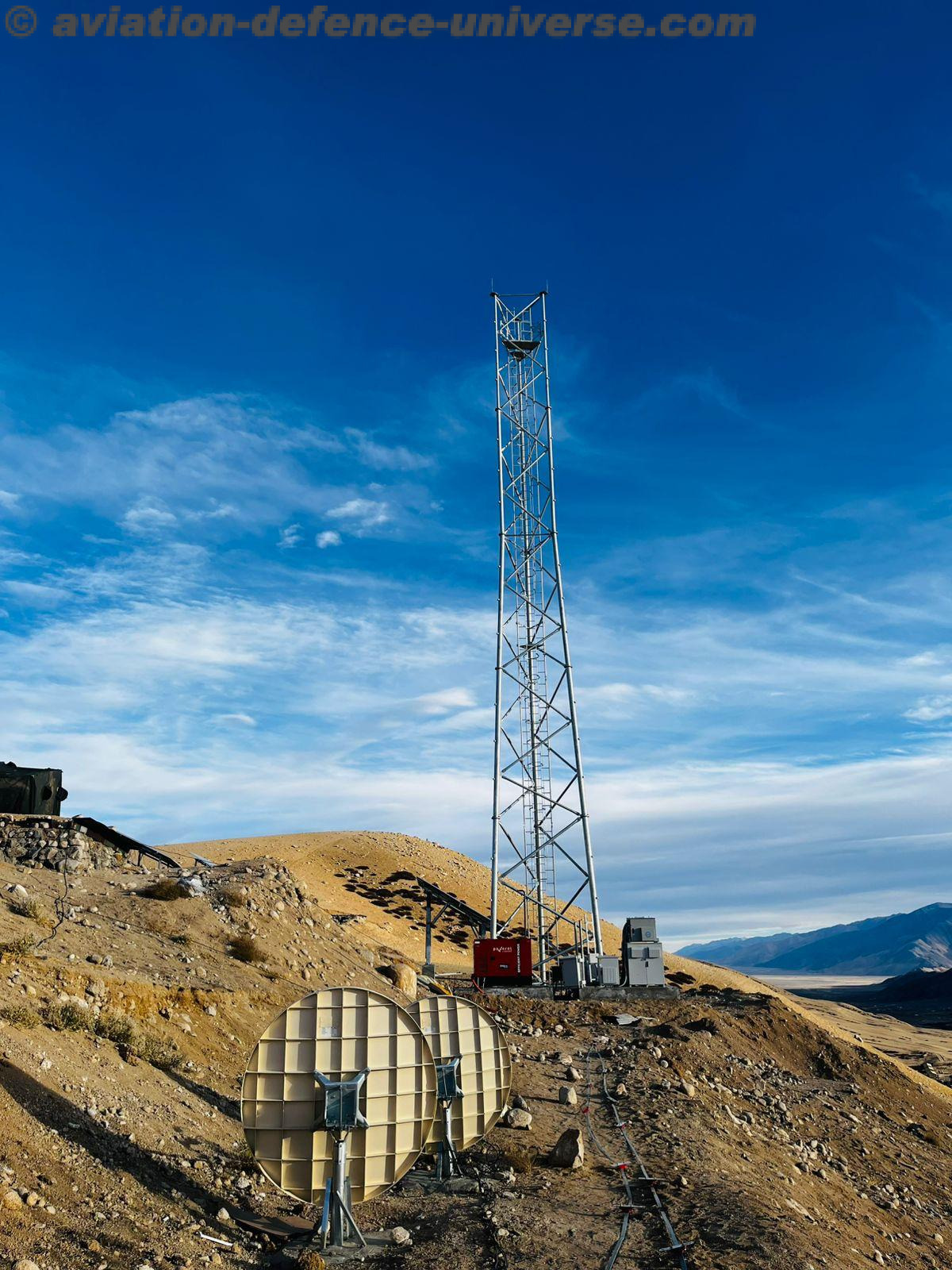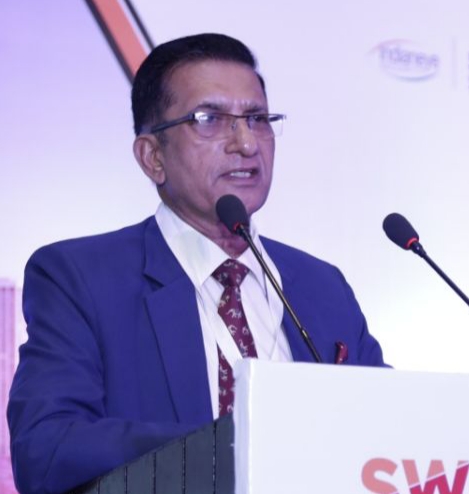By Jaideep Mirchandani , Group Chairman, Sky One
- Greener Skies Ahead: How India’s Aviation Sector is Aligning with Earth Day Goals
- From Solar Airports to SAF: Aviation’s Green Turn Gains Altitude
- Eco-Friendly Flight Paths: India’s Aviation Industry Embraces Earth Day Mandate
New Delhi. 22 April 2025. The theme for Earth Day 2025 (April 22) is ‘Our Power, Our Planet,’ which urges people across the globe to unite behind renewable energy and to triple the global generation of clean electricity by 2030. According to researchers, the airline industry is one of the top contributors to greenhouse gas emissions. Having grown significantly over the past few decades, especially in countries like India, the aviation industry is under increasing pressure to reduce emissions and adopt renewable energy wherever possible.
Industry leaders have echoed the need to incorporate training, modelling, and stronger government regulations to help achieve net-zero carbon emissions by 2050. Their strong advocacy also supports organizations like the International Civil Aviation Organization (ICAO) and the International Air Transport Association (IATA), which are playing key roles in setting goals and promoting sustainable practices.
One of the key proponents of this shift is Sky One. On Earth Day, we shared it’s insights into how the industry can move toward eco-friendly solutions without compromising customer satisfaction or airline operational efficiency.
Air Taxis
India’s Directorate General of Civil Aviation (DGCA) recently introduced rules for setting up vertical ports, paving the way for air taxis. Although the rollout will be phased, the regulatory clarity gives companies the confidence to begin planning commercial services across major cities.
In urban areas facing traffic congestion, air taxis could offer faster connectivity while reducing emissions from road vehicles. For this to be a reality, the government will also need to provide detailed guidelines on infrastructure, operations, battery charging, parking, and landing to support smooth execution.
Greener Airports
India has already demonstrated leadership through Cochin International Airport (CIAL) in Kerala, which became the world’s first fully solar-powered airport in 2015. The airport runs on a 12 MW solar power plant with more than 46,000 panels, generating close to 250 million units of electricity and preventing over 160,000 metric tonnes of carbon dioxide emissions. Inspired by this success, many airports across the country have adopted solar power. Upcoming projects such as Navi Mumbai International Airport are also being designed with sustainability in focus. Transitioning both existing and new airports into carbon-neutral facilities will be key to meeting the sector’s environmental goals.
Fuel-Efficient Aircraft
India’s top airlines have placed large aircraft orders with a clear focus on fuel efficiency. Air India, for example, has ordered 250 aircraft from Airbus, including 210 A320s and 40 A350s. IndiGo’s purchase includes 30 A350s as well. The A350 family is considered among the most fuel-efficient wide-body aircraft in the world.
Airlines are also acquiring Boeing 787 Dreamliners, which are known for their efficient engines and aerodynamic design. As fleets grow, airlines need to prioritise aircraft that use less fuel, whether for short-haul or long-haul routes. This will help reduce the environmental footprint while also improving operational cost efficiency.
Green Financing
India is expected to become one of the largest civil aviation markets, with over 2,200 aircraft set to join its fleet in the next 20 years. The Civil Aviation Ministry projects that by 2030, India will handle 630 million passengers annually, with growth continuing at a compound rate of six to eight per cent.
To support this growth responsibly, aviation players are exploring sustainability-linked financing. This type of funding ties financial terms to environmental targets, encouraging climate-aligned decision-making. While aviation has traditionally struggled to attract green investment, this is starting to change. More investors are now recognising the role of sustainable finance in reshaping the future of flight.
Sustainable Aviation Fuel (SAF)
Reducing aviation emissions remains challenging, but sustainable aviation fuel is emerging as a practical solution. A Deloitte report titled ‘Green Wings: India’s SAF Revolution in the Making’ highlights that India accounts for 2.5 per cent of global Aviation Turbine Fuel (ATF) demand. With its abundant feedstock and a large share of ATF exports, India is well-positioned to ramp up SAF production.
However, this opportunity requires a coordinated effort. Policymakers and industry stakeholders must come together to establish a clear regulatory roadmap, develop secure supply chains, offer financial incentives and create mechanisms for transparent pricing and certification. These steps can attract investment and scale up SAF adoption.





































































































































